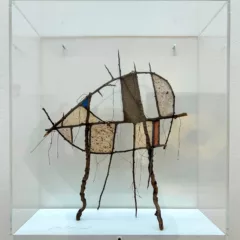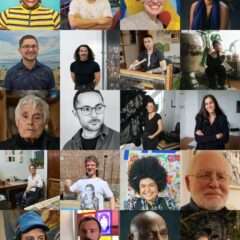There’s nothing like ducking out of a stormy evening straight into a former mansion – known to most city dwellers as the Philadelphia Art Alliance. On the evening of March 10, the black of an overcast sky merged into the quiet gray of a brick façade, the sleek wetness of concrete pavements became the brilliant glimmer of dark wood floors and the steady fall of raindrops transformed into bright, crystalline chandeliers cascading from the ceiling. Judith Schaechter, a local artist was giving a lecture that evening. Schaechter works with stained glass and teaches as an adjunct professor in the Crafts Department at the University of the Arts. Her lecture, “Fine Art vs. Craft: Blurred Horizons” was part of the new Commonwealth Lecture Series, focusing on contemporary issues in the field of craft.
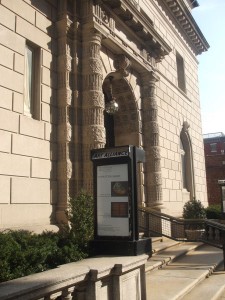
Judith Schaechter reminded me of a cross between rock star Juliette Lewis and Amelie Poulain: a strong, quirky personality with wild, brown locks and fiercely intelligent eyes that even a pair of wire-framed glasses couldn’t quite obscure. I was completely unsurprised upon discovering after a bit of research that her experience-laden past includes a stint as a musician in a local band. The outfit she chose to wear for the occasion, with its warm, earthy tones and bold, floral print, seemed eminently appropriate for a stained glass artist. Bruce Metcalf, an artist who specializes in jewelry, wall reliefs and sculptures, introduced her to the floor as a person of “acid, high anxiety obsessions” with a “profound faith in beauty.”
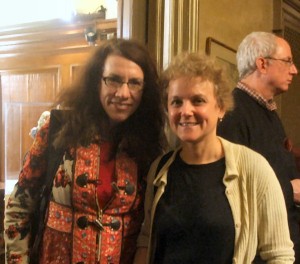
The lecture, on the quest for craft’s ability to define itself in the face of fine art, continued for about an hour, or as Schaecter quantified it, “nine pages, single-spaced.” In between some close calls with a glass of water that perched precariously atop a table, Schaecter subtly wove her blunt, somewhat bawdy sense of humor as she stood before cleverly-captioned illustrations and images from the Power Point Presentation behind her.
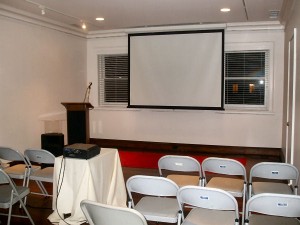
The debate, she maintains, falls primarily between the idea of untouchable museum art and craft as the “realm of folks.” It is a match that can sometimes seem unfairly weighed — with philosophy, the mind and sacred ideals lining up for art, and craft being represented by functionality, the body and skilled labor. In contemporary times, the prejudice against craft is exemplified by poorer funding and fewer college courses. It is a prejudice, Schaechter attests, owing primarily to man’s fear of the human body and all its attendant messiness and mortality.
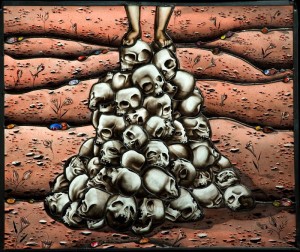
Art, Schaechter fears, is evolving into a field for “monomaniacal devotion” to navigating “a path to discovery of truth.” Craft, on the other hand, remains a valuable resource. (She somewhat cheekily explained that with the frequency with which human civilizations lean towards collapse, craft contains skill-sets we may very well find useful in the not-so-distant future. In more practical terms, hands-on experience is the most reliable pathway towards future innovation.) While she maintains that fine art as an idea must remain fundamentally separate – as that which is the highest to which we aspire – she proposes that the true question of separation comes down to discrimination vs. the power to discriminate.
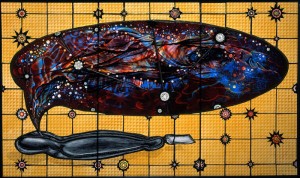
It is not a matter of where craft falls in relation to art, but of good vs. bad. Good art and good craft should be valued intrinsically. Bad art, on the other hand, should be tossed into obscurity just as easily as bad craft. Anything else, Schaechter attests, is “insulting to the intelligence” and “depriving us of the ability to dream.” While Shaechter’s lecture added some much-needed dimension to the dualistic debate, I couldn’t help but wonder where the gray realm of subjective opinion can subsist in a black-and-white world of good and bad.
On April 14 at 7 pm, the next lecture in the series, “Artist as Scientist, Scientist as Artist?,” will feature Philadelphia sculptor Adelaide Paul on the line between art and science.


